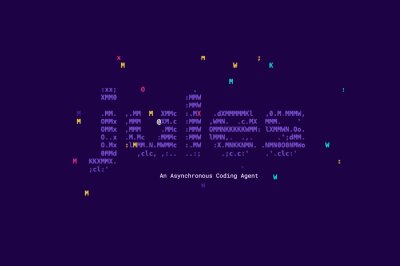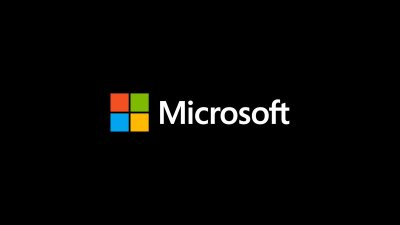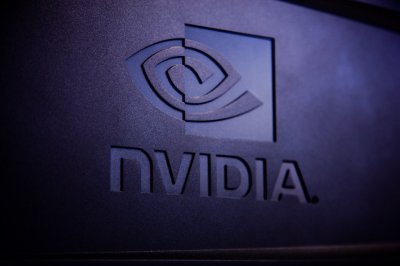Floneum
Automated workflow integration.
workflow automation building engineTool Information
| Primary Task | Workflows |
|---|---|
| Category | ai-and-machine-learning |
| Sub Categories | workflow-automation no-code-platforms |
| Open Source | Yes |
Floneum is a graph editor designed for building AI powered workflows. It offers a visual interface that enables users to create workflows easily and intuitively. With Floneum, users can construct complex workflows by connecting different components together to achieve desired outcomes.One of the notable features of Floneum is its ability to securely extend its functionality through plugins. These plugins are loaded in a sandboxed environment using WebAssembly, ensuring that they have access only to the necessary resources instead of the entire system. This approach enhances security and safeguards against potential vulnerabilities.Writing plugins for Floneum is flexible, as it supports multiple programming languages that can be compiled to WebAssembly. While Rust is the recommended language, developers can also leverage C, Java, or Go to create plugins. Floneum provides ergonomic wrappers specifically for Rust, simplifying the plugin development process.For those interested in trying out Floneum, a guide is available for users to get started easily. Additionally, there is a dedicated community on Discord where users can find support and engage with other Floneum users. The source code for Floneum is also open and accessible on GitHub for transparency and collaboration.Overall, Floneum is a powerful tool for constructing AI workflows with its visual editor and the ability to extend functionality through plugins written in various languages. Its emphasis on security and compatibility make it a valuable asset for those involved in AI development and workflow management.
| Pros |
|---|
|
| Cons |
|---|
|
Frequently Asked Questions
1. What is Floneum?
Floneum is a graph editor designed for creating AI-powered workflows. It has a visual interface that allows users to construct these workflows intuitively by connecting various components together. It is a workflow engine that enables users to extend its functionality using plugins that are written in different programming languages and are loaded in a sandboxed environment for security.
2. What are the main features of Floneum?
Floneum has such main features as its ability to allow users to visually build AI workflows, the flexibility to extend functionality through plugins written in multiple programming languages, a sandboxed environment for plugin loading to enhance security, and a vibrant community that provides support to users. It also comes with ergonomic wrappers specifically for Rust to simplify the plugin development process.
3. How does Floneum enhance security through its plugins?
Floneum enhances the security of its plugins by using WebAssembly to load them into a sandboxed environment. This means the plugins only have access to the resources they need, preventing them from having full access to the system, thereby minimizing potential system vulnerabilities.
4. Which programming languages are supported for writing plugins in Floneum?
Floneum supports the languages Rust, C, Java, and Go for writing plugins. Any of these languages that can be compiled to WebAssembly can be utilized to create plugins for the platform.
5. Why is Rust recommended for writing plugins in Floneum?
Rust is recommended for writing plugins in Floneum because the platform provides ergonomic wrappers specifically designed for Rust, which simplifies the plugin development process.
6. Where can I find a guide to get started with Floneum?
You can find a guide to get started with Floneum on their website, under /docs/user.
7. Does the Floneum community offer user support?
Yes, the Floneum community does offer user support. There is a dedicated community on Discord wherein users can find support and engage with other Floneum users.
8. Where is the source code for Floneum available?
The source code for Floneum is available on GitHub at https://github.com/floneum/floneum.
9. Can I visually build AI workflows with Floneum?
Yes, you can visually build AI workflows with Floneum. It provides a visual interface that enables users to construct complex workflows by connecting different components together.
10. How does Floneum use WebAssembly for loading plugins?
Floneum uses WebAssembly to load plugins. This allows the plugins to run in a sandboxed environment, which gives them access to the only resources they need, instead of having full access to the entire system.
11. What resources do plugins in Floneum have access to?
The plugins in Floneum are granted access to only the resources they need. The specific resources have not been detailed on their website.
12. How can the Floneum tool be extended with plugins?
Plugins extend the functionality of the Floneum tool by operating in a sandboxed environment and being able to be written in a choice of programming languages. The languages supported include Rust, C, Java, and Go, and can interact with the Local Language Models, Embeddings, and Embedding Databases.
13. How user friendly is Floneum for constructing AI workflows?
Floneum is user-friendly for constructing AI workflows. It offers a visual interface which enables users to easily and intuitively create workflows. It also provides a guide for users to get started easily.
14. What is the significance of the sandboxed environment in Floneum?
Floneum's sandboxed environment is significant as it enhances the security of its plugins. It ensures that plugins loaded using WebAssembly only have access to the resources they need, preventing them from accessing the entire system, which would pose potential system vulnerabilities.
15. Is Floneum suitable for managing complex workflows?
Floneum is suitable for managing complex workflows. Its visual interface enables users to construct these workflows easily by linking different components together to achieve desired outcomes.
16. What makes Floneum a valuable asset for AI development?
Floneum's ability to allow users to visually build AI workflows, its security-enhanced, sandboxed environment for plugin loading, the flexibility of plugin development in multiple programming languages, and a dedicated community to support users makes it a valuable asset for AI development.
17. Can plugins for Floneum be written in Java?
Yes, you can write plugins for Floneum in Java, among other languages like Rust, C, and Go.
18. How do I join the Discord community for Floneum users?
To join the Discord community for Floneum users, follow the Discord link provided on their website, https://discord.gg/dQdmhuB8q5.
19. Can I build my first plugin using Floneum?
Yes, you can build your first plugin using Floneum. In fact, they even provide specific guidelines for this on their website under /docs/developer.
20. How does the graph editor in Floneum work?
The graph editor in Floneum works by providing a visual interface that allows users to construct workflows with ease. By connecting various components together, users can create complex workflows to drive AI processes.
Comments
Related News

The landscape of software development is undergoing a profound transformation, propelled by the relentless march of artificial ...
@devadigax | Oct 02, 2025

Opera, the long-standing Norwegian software company known for its innovative web browsing solutions, has officially launched it...
@devadigax | Sep 29, 2025

Redmond, WA – In a move set to redefine workplace productivity, Microsoft has officially launched a groundbreaking new feature,...
@devadigax | Sep 29, 2025

Microsoft has begun rolling out a significant update to its Photos app on Windows 11 that leverages artificial intelligence (AI...
@devadigax | Sep 26, 2025

Apple’s release of iOS 26 marks a significant milestone in the integration of local artificial intelligence within mobile appl...
@devadigax | Sep 26, 2025

Nvidia, a global leader in AI computing, has made a significant move that promises to revolutionize the landscape of 3D content...
@devadigax | Sep 25, 2025
 AI Tool Buzz
AI Tool Buzz